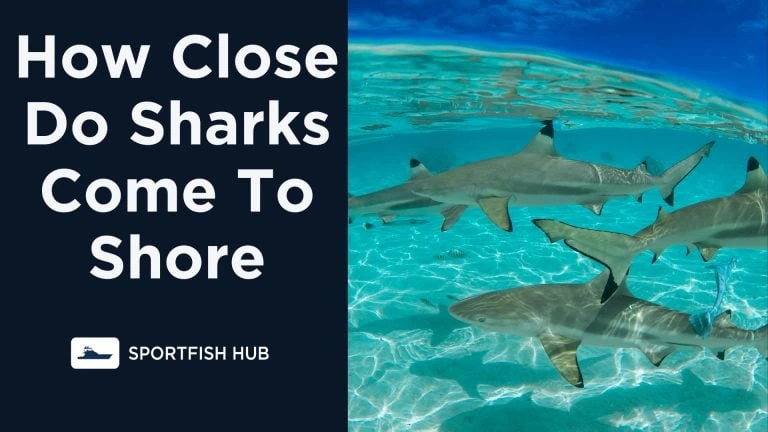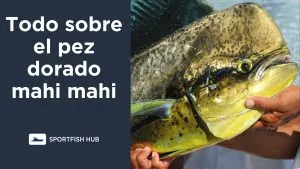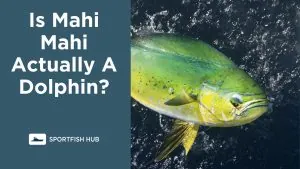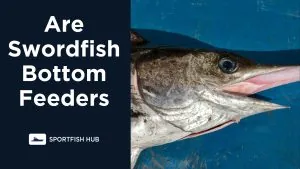Sharks are one of the ocean’s best predators. Their presence near beaches and coastlines often makes swimmers nervous. But how close do sharks come to shore? Here’s what research reveals about shark behavior in coastal areas.
Key Factors That Bring Sharks Close to Shore
Several factors influence how close sharks swim to the shore:
- Warmer waters – Sharks gravitate toward warmer, shallower waters near the shore. These areas heat up faster than deeper waters offshore. Sharks are cold-blooded animals so they prefer warmer water temperatures.
- Prey abundance – Nearshore areas often have high populations of fish, seals, and other shark prey. Sharks go where the food is. Shallow areas are rich hunting grounds due to the number of fish, seals, and other prey.
- Nurseries – Some shark species use coastal zones as nursery areas to give birth and allow young sharks to grow and develop while protected from predators. The nearshore environment provides protection and abundant food for shark pups.
- Cleaning stations – Small fish remove parasites from shark skin. Sharks will come close to shore to visit cleaning stations where fish perform this service. Being groomed by the small fish removes irritating external parasites from shark skin.
- Night hunting – Sharks hunt more actively at night when visibility is lower. Darkness gives them an advantage, so they may come closer to shore than during daylight. Sharks’ excellent night vision gives them the edge to hunt inshore at night.
How Close Do Different Shark Species Get?
Some shark species are more likely than others to come very close to shore:
- Bull sharks – Known to swim into shallow bays, estuaries, rivers. Can be found in just 3 feet of water. Bull sharks are able to adapt to freshwater environments.
- Tiger sharks – Observed swimming in waters as shallow as 10 feet deep off Hawaii. Tiger sharks have a very broad diet and will pursue prey into shallow areas.
- Great white sharks – Prefer deeper water but will come to shoreline to hunt seals. Great whites are notorious for attacking nearshore due to presence of seals.
- Lemon sharks – Use nearshore zones as nursery habitat for young. Lemon shark pups stay in shallow warm waters until they mature.
- Blacktip sharks – Found in surf zone waters just feet deep off Florida beaches. Blacktips follow schools of bait fish into very shallow waters.
- Hammerheads – Hunt prey like blacktip sharks in knee- to ankle-deep water. Hammerheads are very active hunters that pursue prey right into the surf zone.
| Shark Species | Minimum Observed Depth |
|---|---|
| Bull Shark | 3 feet |
| Tiger Shark | 10 feet |
| Great White | Shoreline |
| Lemon Shark | Shoreline nurseries |
| Blacktip Shark | A few feet |
| Hammerhead | Ankle-deep |
How Close is Too Close?
- Most shark attacks on swimmers occur in less than 10 feet of water. Shallow water limits escape options for swimmers and surfers during shark encounters.
- Surfers/swimmers attacked most often when between offshore sandbars or near drop-offs. These areas concentrate prey and attract hunting sharks.
- Shark bites rare but can even happen in just 3 to 5 feet of water. Very shallow water is no guarantee of safety from curious sharks.
- Divers most at risk when between 30 to 40 feet deep. Scuba diving puts people in the depth range favored by many shark species.
- Sharks more likely to mistake identity of human swimmers when visibility is poor. Murky water obscures shapes and leads to sharks confusing people for prey.
Reduce Your Risk
- Swim at guarded beaches with lifeguards. Lifeguard supervision adds security when sharks are active.
- Avoid dawn/dusk swimming when sharks are most active. Limit ocean activities during peak shark feeding times.
- Don’t wear shiny jewelry or watches. Reflections from metal or glass can attract shark attention.
- Avoid steep drop-offs or areas between sandbars. These high-risk zones concentrate sharks hunting for food.
- Pay attention to shark sighting warnings. Heed beach closures or advisories when sharks spotted.
- Don’t swim near people fishing. Chum and hooked fish alter shark behavior.
In summary, sharks do routinely come very close to shore. But most of the time, healthy respect and caution is all that’s needed for safe coexistence.
This article outlines the key factors bringing sharks near the shore, how close different species get, high-risk areas, and tips to lower your risk of encountering sharks in shallow coastal waters. Let me know if you would like me to modify or expand this draft article further.













